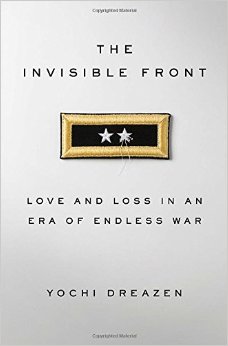 The Invisible Front: Love and Loss in an Era of Endless War by Yochi Dreazen, Crown Publishers, 2014.
The Invisible Front: Love and Loss in an Era of Endless War by Yochi Dreazen, Crown Publishers, 2014.
If you’re a fan of early 20th-Century fiction (or if you’ve taken college-level literature classes), you probably recognized the title of this post as being the first line of Ford Maddox Ford’s novel The Good Soldier. This book is indeed beyond sad: the story of a military family, the father a two-star general, who lose two sons: one to suicide and one to battle. It caught my eye on the new books shelf at the library, and I checked it out thinking that I probably wouldn’t read much of it since it would be unbearable. What pulled me along was the quality of the writing: Dreazen is a well-respected military journalist, and he tells this story without any attempt to wring tears from his readers, which he doesn’t have to do anyway. The story speaks for itself. He is able to bring many voices into his narrative; people were astonishingly open with him.
 ntil I obey Him” (Rosaria Butterfield’s book, discussed on the previous post). I discuss this idea of the connection between our feelings and our actions in chapter two, “How Our Emotions Work” of my
ntil I obey Him” (Rosaria Butterfield’s book, discussed on the previous post). I discuss this idea of the connection between our feelings and our actions in chapter two, “How Our Emotions Work” of my 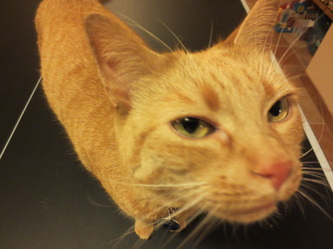
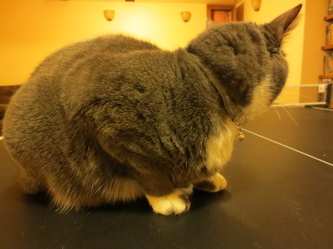
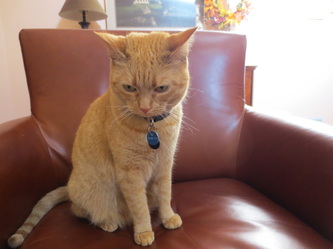
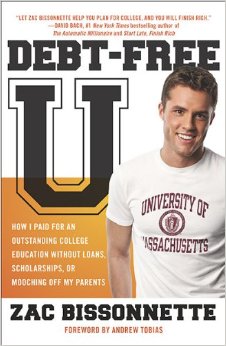 Debt-Free U: How I Paid for an Outstanding College Education Without Loans, Scholarships, or Mooching Off My Parents by Zac Bissonnette, Portfolio/Penguin 2010.
Debt-Free U: How I Paid for an Outstanding College Education Without Loans, Scholarships, or Mooching Off My Parents by Zac Bissonnette, Portfolio/Penguin 2010.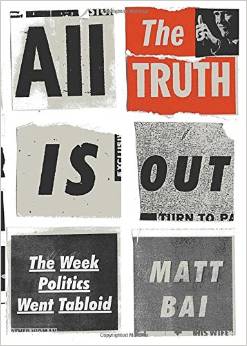 All the Truth Is Out: The Week Politics Went Tabloid by Matt Bai, Alfred A Knopf, 2014.
All the Truth Is Out: The Week Politics Went Tabloid by Matt Bai, Alfred A Knopf, 2014.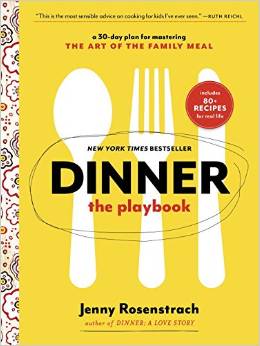 Dinner: The Playbook: a 30-day plan for mastering The Art of the Family Meal by Jenny Rosenstrach, Ballantine Books, 2014.
Dinner: The Playbook: a 30-day plan for mastering The Art of the Family Meal by Jenny Rosenstrach, Ballantine Books, 2014.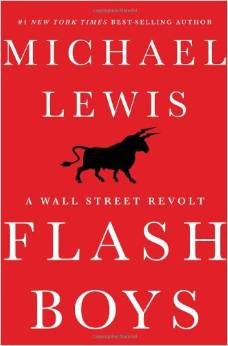

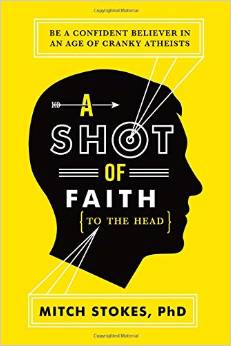 A Shot of Faith {To the Head}: Be a Confident Believer in an Age of Cranky Atheists
A Shot of Faith {To the Head}: Be a Confident Believer in an Age of Cranky Atheists 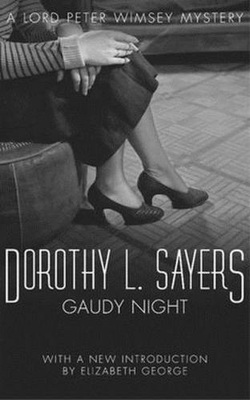 Gaudy Night
Gaudy Night